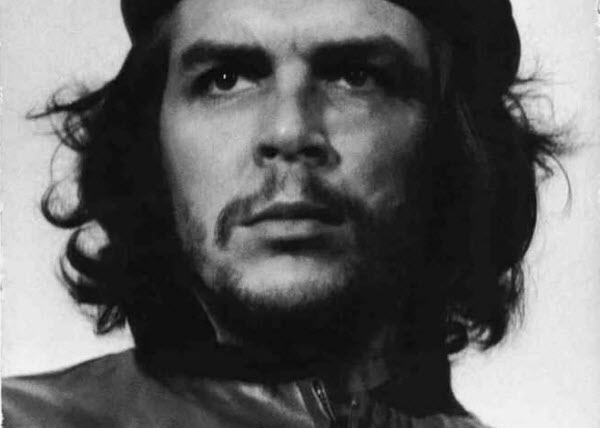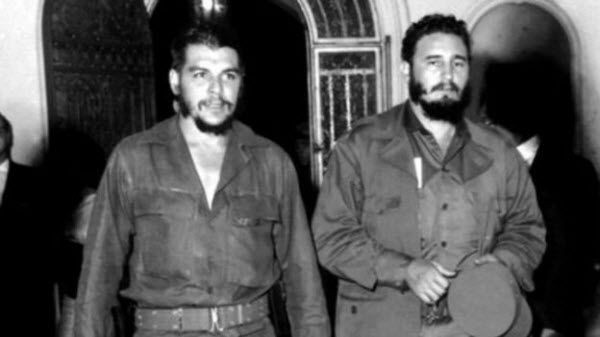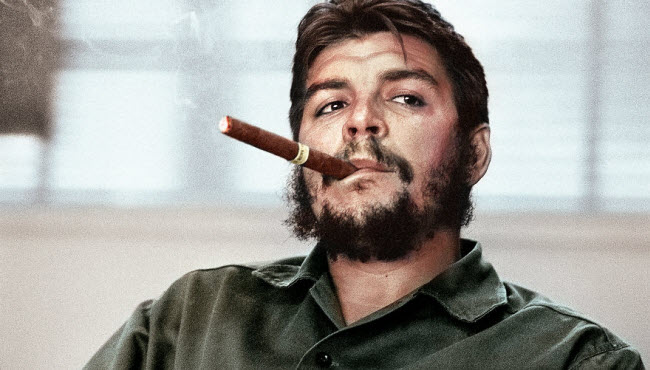Ernesto “Che” Guevara was a renowned historical figure known for his intense revolutionary fervor. His involvement in the Cuban Revolution and his leadership in various armed activities using guerrilla warfare tactics across South America made him a significant figure in global politics. Guevara was also responsible for propagating communist ideologies and anti-imperialism worldwide, which led to him being one of the most wanted individuals by Western powers, particularly the United States. The U.S. invested considerable effort and millions of dollars to capture him, viewing him as a substantial threat to its interests. His eventual capture and execution by the Bolivian army marked the end of his life, but Guevara left behind a substantial legacy through his activities and ideas. His name and iconic image continue to symbolize leftist radicalism and are featured on T-shirts and posters worldwide. To his admirers, Guevara is considered a hero, fighter, and martyr who sacrificed his life for his beliefs.

Early Life and Education
Born on June 14, 1928, in Rosario, Argentina, Ernesto “Che” Guevara de la Serna came from a middle-class family with Spanish and Irish roots. He was the eldest of five children and suffered from asthma in his youth, but managed to recover and distinguish himself as an athlete. During this period, Guevara was influenced by leftist political views from his family and friends. He became a political activist and joined a movement opposing Argentine President Juan Perón. After graduating high school with honors, Guevara studied medicine at the University of Buenos Aires. In 1951, he left college to embark on a nine-month journey across South America with his friend Alberto Granado. This trip exposed him to the dire living conditions of local populations, profoundly impacting Guevara. Upon returning to Argentina, he completed his medical studies, driven by a desire to provide care for those in need, and earned his degree in 1953.
The Cuban Revolution
As Guevara matured, his interest in Marxism grew, leading him to abandon medicine, believing that only revolution could bring justice to South American peoples. In 1953, he moved to Guatemala, where he witnessed the overthrow of the leftist government led by Jacobo Árbenz, supported by the CIA. This event deepened Guevara’s conviction in the necessity of revolution against imperialism. By 1955, Guevara was married and living in Mexico, where he met Cuban revolutionary Fidel Castro and his brother Raúl, who were planning to overthrow Cuban President Fulgencio Batista. Guevara joined their small armed force when they landed in Cuba on December 2, 1956. He was one of the few survivors of the initial assault and served as a key advisor to Castro. Over the next few years, Guevara led military operations using guerrilla tactics against Batista’s regime, which began to collapse.
In January 1959, Castro succeeded in taking control of Cuba and appointed Guevara as the head of La Cabaña prison, where it is estimated that hundreds were executed without trial under his orders. Guevara was later appointed head of the National Institute of Agrarian Reform, president of the National Bank, and Minister of Industries, contributing to the country’s transformation into a communist state. In the early 1960s, he acted as Cuba’s ambassador, traveling globally to build relations with other nations, notably the Soviet Union. Guevara played a crucial role in the failed Bay of Pigs invasion and the Cuban Missile Crisis. He also authored a guide on guerrilla warfare and delivered a speech at the United Nations in 1964 condemning U.S. foreign policy, its interventions in Cuban affairs, and apartheid in South Africa.

Death
By 1965, the Cuban economy was in disarray, prompting Guevara to leave his post and spread his revolutionary ideology to other parts of the world. He first traveled to the Congo with Cuban fighters to train troops loyal to Congolese leader Patrice Lumumba in guerrilla warfare techniques. However, his efforts failed, and he returned briefly to Cuba. In 1966, Guevara left for Bolivia with a small band of rebels to incite a revolution there. He was captured by the Bolivian army, which had received military and intelligence support from the CIA, and was executed in La Higuera on October 9, 1967. His body was buried in an unmarked grave.
Legacy
Following his death, Che Guevara became a legendary figure, closely associated with rebellion, revolution, and socialism. Despite his iconic status, Guevara faced significant criticism from opponents who accused him of cruelty, particularly for ordering the execution of prisoners without trial in Cuba. His life remains a subject of intense interest and has been featured in numerous books and films, both dramatic and documentary.
